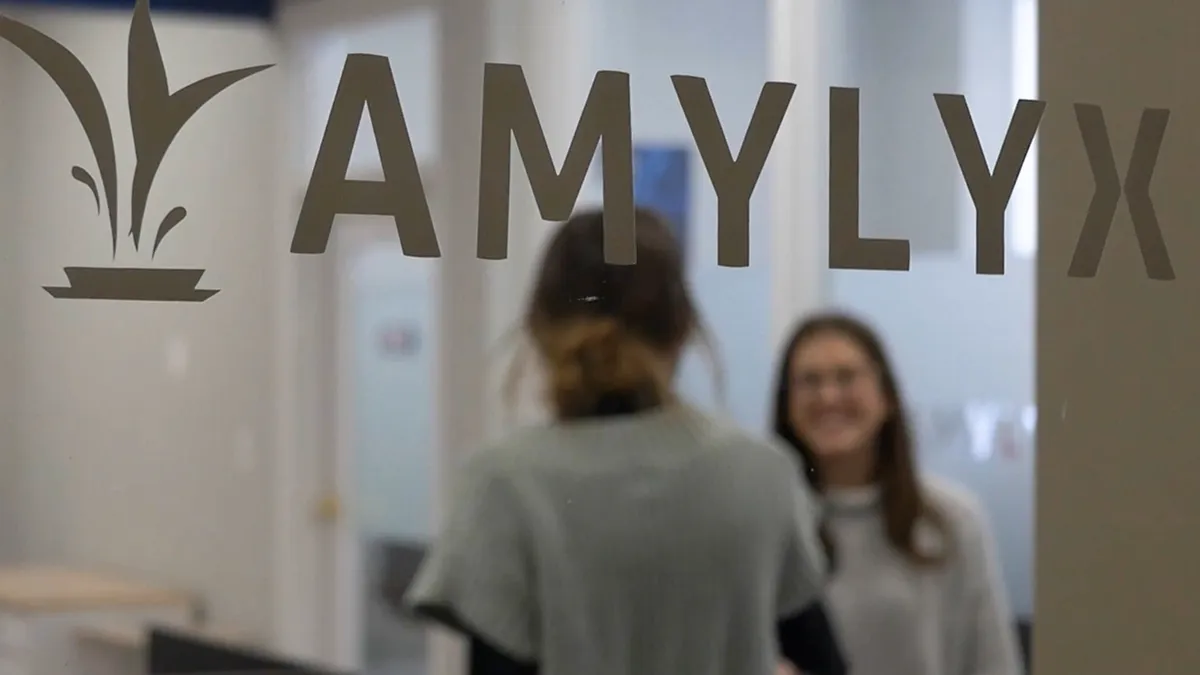Venture capital firm Omega Funds closed a $647 million fund this month dedicated to supporting life sciences biotechs, bucking an industry trend that’s seen a swift downturn in investing since the high-on-the-hog landscape of only five years ago.
In fact, biotech investors closed just four venture capital funds during the first quarter of 2025, according to new data from PitchBook. That’s a huge drop in pace from 2021’s peak of 309 total funds for the year.
But this downturn actually represents a post-bubble rightsizing of the market that will open up new opportunities not only for investors, but for promising technologies, according to Otello Stampacchia, Omegas’ founder and managing director.
“This creates a very good background for investing at great prices, in great companies,” Stampacchia said.
Other investors echo that sentiment.
When Deerfield Management Company closed its latest healthcare innovations fund of over $600 million in May, the firm’s managing partner, James Flynn, said there’s “never been a better time to invest in new and evolving technologies and products across the life science, medical technology and healthcare service landscape.”
In an interview with PharmaVoice, he elaborated on why the time felt right.
“Having gone through a several-year period where valuations have gone down and competition for new assets has gone down, from an investment standpoint [that’s] a good thing,” Flynn said. “When you combine that with what are continual advances and knowledge of biology, continual advances in discovery tools, your ability to take those things forward in a cost effective and direct way improves.”
Biotech’s new era of opportunity
It was actually harder to invest during the last biotech bubble because of so much “noise” from competing investors, Stampacchia said.
“There was so much enthusiasm from, in some cases, non-sophisticated, non-biotech specialist investors,” he said. “That was actually a bit counterproductive.”
Not only were valuations “a bit out of whack,” but “diligence times were shorter, companies were awash in opportunity to get new investors in and discipline also went a bit out of the window,” he said.
“Overall, for the ecosystem … a cleansing period like this one is healthy."

Otello Stampacchia
Founder, managing director, Omega Funds
The bubble could only burst after that glut of investing.
“We certainly had a period of excess in 2019, 2020, where valuations went up very sharply and lots of companies that probably shouldn't have gone public went public,” Flynn said. “When the correction occurred, none of them could raise money. They were all burning a huge amount of cash.”
Stampacchia echoed this.
“There’s way too many public companies to attract investors’ attention,” he said. “It’s taking a while, but there’s been a steady reduction in those companies. Some of the great ones have been acquired. Some of the good ones will be acquired. Some of the terrible ones have done reverse mergers or returned cash to shareholders.”
Certainly technologies suffered from overhype, too.
“I think all the CRISPR craze was probably overdone,” Flynn said. “A whole bunch of companies went public. Some of them are continuing to progress, and we're starting to see some drugs out of them, but they became extremely heavily valued and had very high cash-burn with pretty speculative types of targets.”
Stampacchia agrees that “in today’s environment, we think some modalities are trickier to justify” and points to cell therapy as an example, thanks to “huge logistic challenges, costs and difficulties to convert a certain type of physicians.”
Although Omega successfully invested in some early cell and gene therapy companies, Stampacchia said momentum in that arena has “slowed down.”
“Right now, the bar is super high for us in that space,” he said.
The sector’s future
Although there’s still a lot of instability in the biotech market due to government funding cuts and policy uncertainty, investors who’ve weathered the storm are being “judicious” about where they put their money and attention.
“You need to be disciplined. You need to know what you’re doing. You need to really have a capacity of discerning great individuals and great drugs, which is not a given,” Stampacchia said, noting that since its 2004 founding, Omega Funds has raised $2.5 billion and its portfolio companies launched 52 commercialized products.
Now, with its newest $647 million Fund VIII — which exceeded its $600 million target — Omega aims to create and invest in life sciences companies in the U.S. and Europe that target severe, unmet medical needs.
Specifically, Omega will continue to be active in oncology and immunology, as well as some rare diseases, Stampacchia said. They’re also “cautiously” making investments in the cardiometabolic space by being “thoughtful” about the unmet need.
While Deerfield invests more widely across the healthcare space, Flynn said its areas of interest are very “genetics driven” and include oncology and immunology.
The other four funds cited in PitchBook’s report were from Ocampo Capital, Foundation Capital, 4BIO Capital and Fåhraeus Startup and Growth. Although each of these new funds may face challenges, the downturn is likely good for the market in the long run.
“Overall, for the ecosystem … a cleansing period like this one is healthy,” Stampacchia said.















